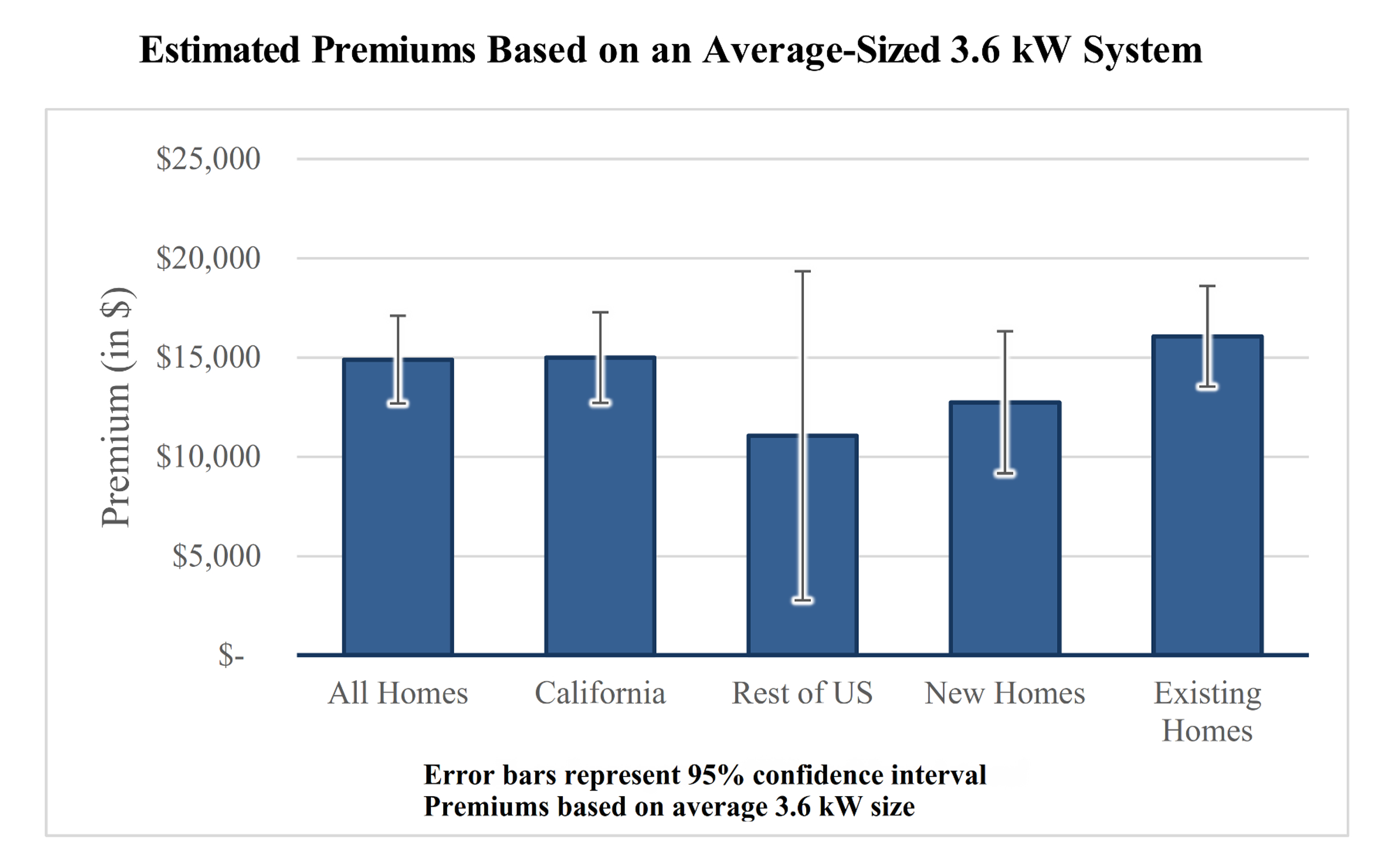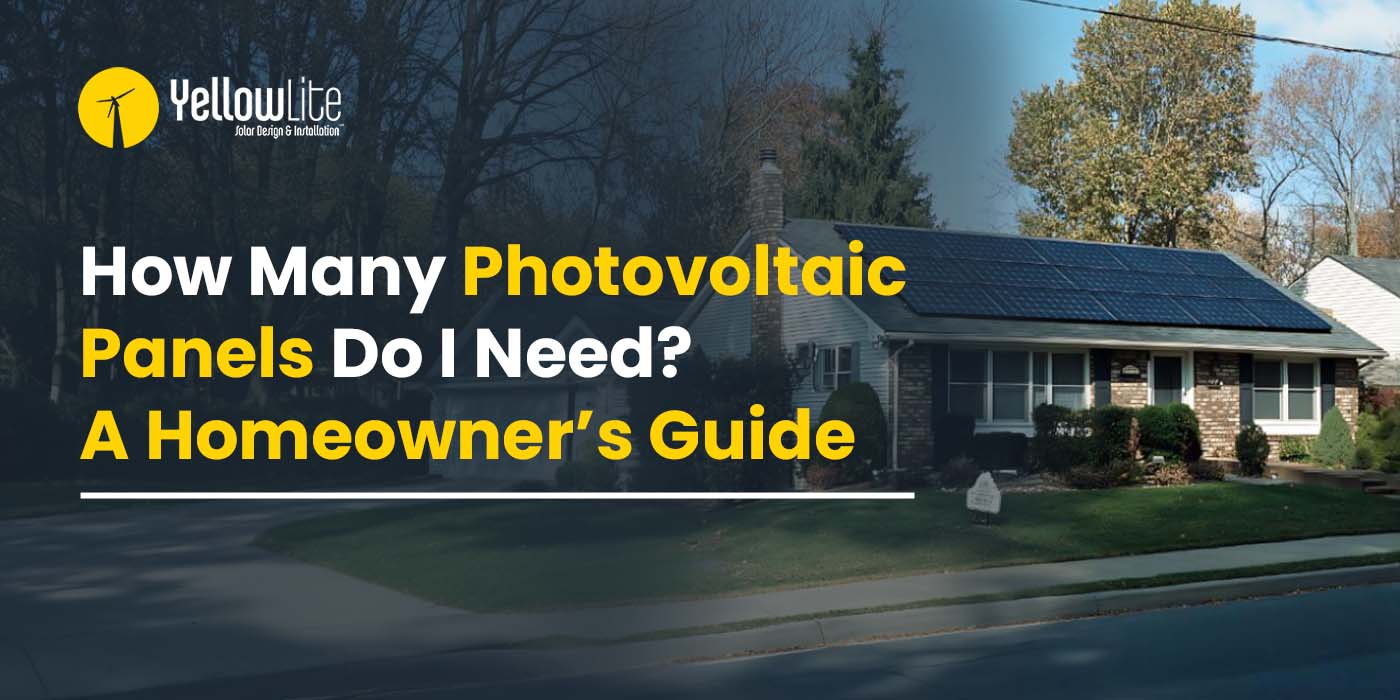 Everyone has personal reasons for investing in their home whether for comfort, safety, or for general personal satisfaction. Most homeowners correctly justify installing a solar system exclusively by looking at the short term and long term electricity cost savings. Pride in meeting environmental and sustainability goals is an added bonus. But there is another important objective to consider. For those who are still scrutinizing their options and for those who have already taken action, increasing the value of their home can be a significant secondary benefit. For some it may be a primary benefit.
Everyone has personal reasons for investing in their home whether for comfort, safety, or for general personal satisfaction. Most homeowners correctly justify installing a solar system exclusively by looking at the short term and long term electricity cost savings. Pride in meeting environmental and sustainability goals is an added bonus. But there is another important objective to consider. For those who are still scrutinizing their options and for those who have already taken action, increasing the value of their home can be a significant secondary benefit. For some it may be a primary benefit.
Assessing the value of a home isn’t a pure science. Multiple appraisers often assign different values to a single property. Yet it is clear that there are trends and not simply fads that impact value in a provable way. As energy costs steadily rise, a whole-house approach to using energy wisely and efficiently is rewarded almost universally. The closer a home gets to net-zero or self-sufficiency the more it can distinguish itself within the market. Generating local electricity is a key part of that.
Updated Study Tells the Story
It is fair to suggest that the residential solar market has evolved very quickly in the last decade, or less. Opinions and observations just a few years ago about the impact of a solar system on home values are somewhat outdated already. Along with the increasing popularity and installation activity, there are many social forces that are increasing both the awareness and the desire for homes with solar PV. There could be endless discussions on the social aspects. On the other hand, facts tell a clear story, too.
This post will focus entirely on the documented price premiums for solar homes across the U.S. The federally funded study (U.S. Department of Energy) conducted by Berkeley Lab (Lawrence Berkeley National Laboratory) takes a thorough, statistical look at home sales for a number of states. In the first pass in checking for sufficient data for analysis, the study is narrowed to eight states. Pennsylvania and New York are the close neighbors to Ohio which are included in the analysis.
We feel the study is rigorous for many reasons. Some of the key features that reinforce the integrity of the study start with the amount of data examined in the most recent follow up, published in early 2015.
Over 150,000 homes owning (not leasing) the solar system. Over 200,000 comparable non-solar homes.
A comprehensive sorting and filtering for characteristics influencing all home values – location, size, age, condition, land, structure type, etc. Apples were compared to apples as best as could be achieved. Where possible, some homes sold before and after a system was installed were compared.
Realizing the uniqueness of the California market, the study was split into two groups – CA and PA/NY/CT/FL/MA/MD/NC as a group.
The study ultimately compares over 4,000 home sales since 2002, with well over a third in 2012 and 2013. Understand that many who install a solar system often stay in their homes for a long time. And comparing appraisals without a sale is too complex for this post.
Although the analysis details are beyond the scope of this post, it is fair to say that the research team carefully and comprehensively studied the data to remove as much uncertainty as possible. They also considered three approaches and multiple variables to compare the selling price premium data. Doing this adds to the robustness of the results and improved the chances of finding cause and effect relationships. This becomes important when conclusions are made, even those that are partly speculative.
Just the Facts
As with most repeat studies conducted over a decade or longer, there is a lot of information available. Since we want to demonstrate the new reality that homes with owned solar systems are increasingly seeing a premium in value at resale, here are a few important highlights and conclusions from this study.
The strength of the statistical results for price premiums holds across the various approaches at analyzing the data. This means it is a valid conclusion that there is an increasing value for solar homes no matter if the study considers home size, system size, new homes, older homes, absolute home sales dollars, initial system costs, etc.
The premium per kW size is surprisingly similar for non-California states as for California. While CA is highest with a mean of slightly over $4 per kW price premium, the other seven states show a mean of slightly over $3 per kW. There are many factors involved in the differences, but local utility rates are obviously one major influence. The more money that can be saved, the greater the value.
A strong correlation was found between net system cost and the price premium. Such a fact is very important to appraisers and those wanting to influence and educate appraisers. This is equivalent to a nearby “comparable sale”, but this fact includes a demonstrable mathematical certainty.
System age plays a key role in the value of the premium. As systems age especially beyond 10 years, the premium per kW drops noticeably. While we don’t dispute that, we caution that systems installed 10+ years ago represent a much different point in the maturity of solar PV technology. Age will always be a factor, but it is fair to predict that downward impact will lessen. Just look at modern performance guarantees and warranties as evidence of significant lifetime improvements.
The Message for You
Many conclusions can be made from this study. For those considering energy investments of any kind for their home, it is important to note that much of the price premium or value comes from saving on expenses. But savings do not account for the entire value increase. Following the whole-house approach to using energy wisely will give you the most return on your investment. You need not simply buy the largest or most expensive solar system to cover your usage. There is a balance you can strike between efficiency and solar power generation that will maximize your home value. And this increased value only improves the return on your investment beyond cash flow, or paying less overall for your energy.
Read the Berkeley Lab announcement here and find additional links for the past and present reports. YellowLite is always looking out for our residential customers. We welcome the opportunity to help you explore options for your home and help you find the best overall value. Please feel free to comment below, drop us a note here, or call us at 877-743-8757 to learn more about how YellowLite can help you.



